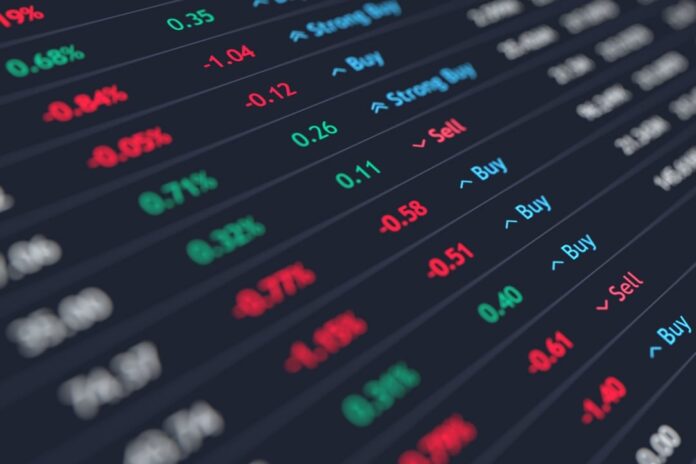In its simplest form, technical trading involves the analysis of charts, graphs, and historical data of a financial market or specific asset, in order to identify trends and patterns in their value. Technical traders can then act accordingly from this analysis, opening and exiting a position on the market based on their predictions.
Technical analysis works particularly well alongside fundamental analysis and can be applied to any market or asset that has historical data. However, this strategy is best implemented when forex trading, or trading through financial derivatives such as contracts for difference (CFD). Technical analysis lends itself well to CFD trading, as it involves the speculation of price movement, and allows traders to take positions on both rising and falling markets.
Before you consider using technical analysis as part of your trading strategy, here are some terms that you should know:
Candlesticks charting
Also known as charting, this term refers to a method that shows price movements of a security, derivative or currency. The candlestick on a chart (hence the name) represents the value of the asset in question over a specific period of time, usually over one day.
The top point represents the highest price that the assets have reached, and vice versa, the bottom point shows the lowest price of the asset in that time. These points can sometimes be referred to as the ‘candle wick’. The body of the candlestick (the thicker part in the middle) represents the opening and closing trades.
Correlation
This is the relationship between two variables and can be described as similar or dissimilar, positive or negative. When trading, the correlation can be used to measure the relationship between two securities and their corresponding movements. For example, you could measure the correlation between coffee and computer stocks, and find there is no linear relationship. It can be quantified with a range of -1 to +1.
Fibonacci levels
These levels are named after the famous Italian mathematician, Leonardo Bonacci, who was referred to as Fibonacci during the 1800s. In terms of financial trading, the levels are represented by a percentage and are derived from the Fibonacci sequence. These percentages are: 23.6%, 38.2%, 50%, 61.8%, 78.6% and 100%.
Traders can use a set of Fibonacci levels to identify potential opportunities, as they can show when a market has changed from its current trend, and where it’s possible to enter a trade. When an asset reaches a Fibonacci level, it may be a good time to buy, as it can be predicted that the value will then recover.
Momentum indicators
Momentum indicators are a group of tools that can determine the strength of the market. This includes:
- Stochastic Oscillator
- Relative Strength Index (RSI)
- Moving Average Convergence-Divergence (MACD) Indicator
- Average Directional Movement Index (ADX)
These differ from other technical tools that observe and analyze the market movement. Momentum indicators can be used to evaluate if there’s a considerable and continuous trend in relation to the price movement of an asset.
Moving averages
One of the most commonly used indicators in technical analysis – a moving average can determine the significance of the price movement, and calculate the average price of an asset over a certain period of time. Using the moving average, traders can predict if there is a bullish or bearish trend in the market. As price values are continuously changing, more data is added to the calculation, hence the fact that the average is ‘moving’.
Support and resistance levels
These levels are represented by two horizontal lines of a graph and can reflect the supply and demand of an asset. The range of price movement is shown between the two lines. A trader can use the support level to determine when dropping prices are likely to stop before they rise again. And similarly, with the resistance level when rising prices will stop before they fall again. Using these levels, traders can predict the movement of the market and act accordingly.
Top-down/Bottom-up approach
These techniques are used to evaluate buying opportunities. A bottom-up approach focuses on the data from a certain asset and analyzing the potential profits from its trends and movements. On the other hand, a top-down approach focuses on the overall economy and its strength, before looking at the different sectors, and finally the asset itself.
—
Technical analysis is just one technique that you can apply to your trading strategy. With extensive research, and through the use of a free demo trading account, you can establish a strategy that best suits your trading style.





